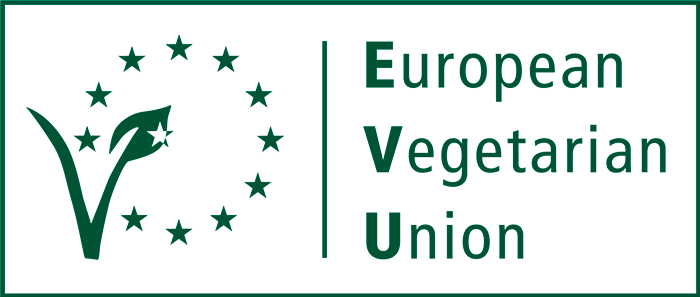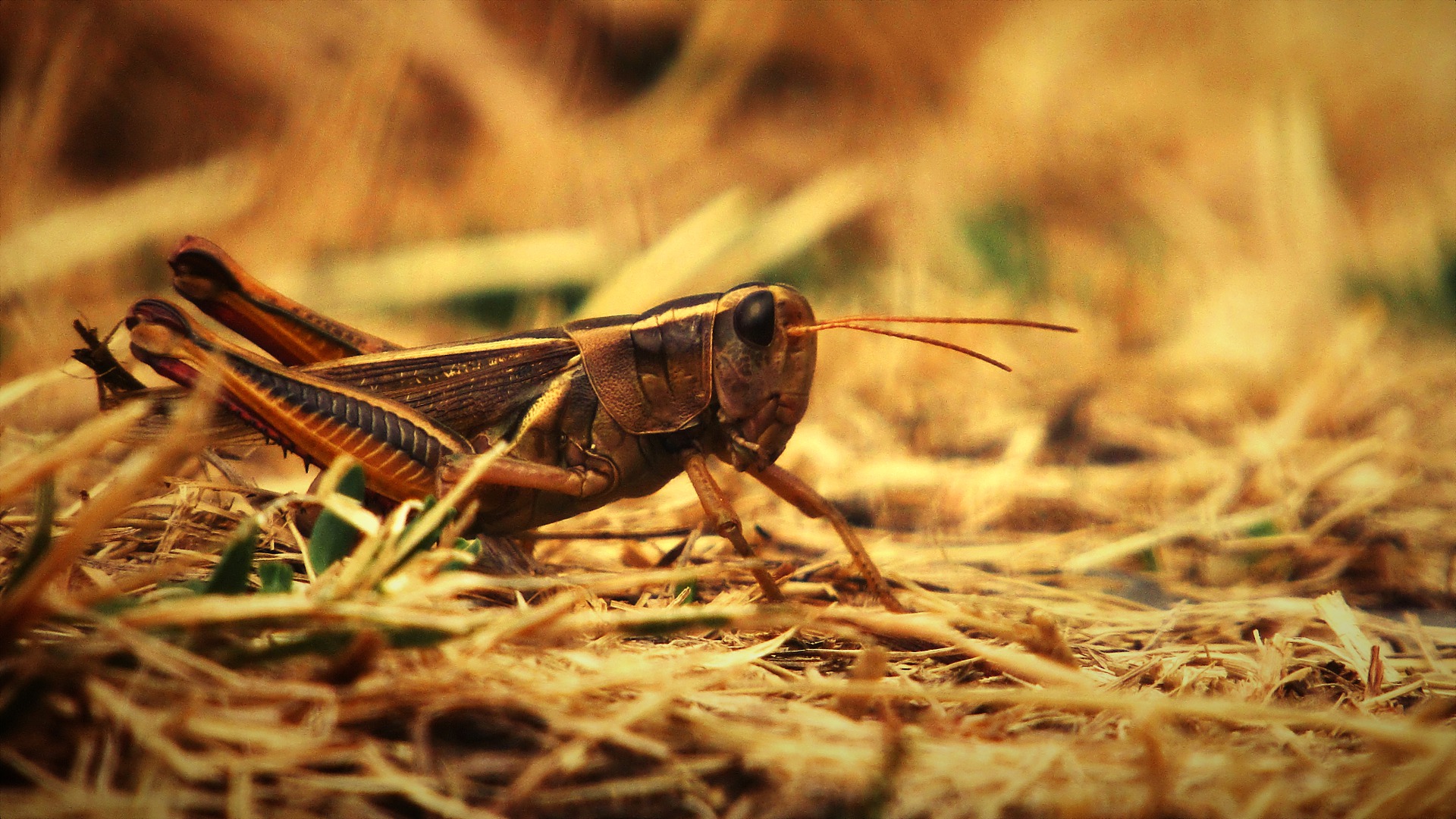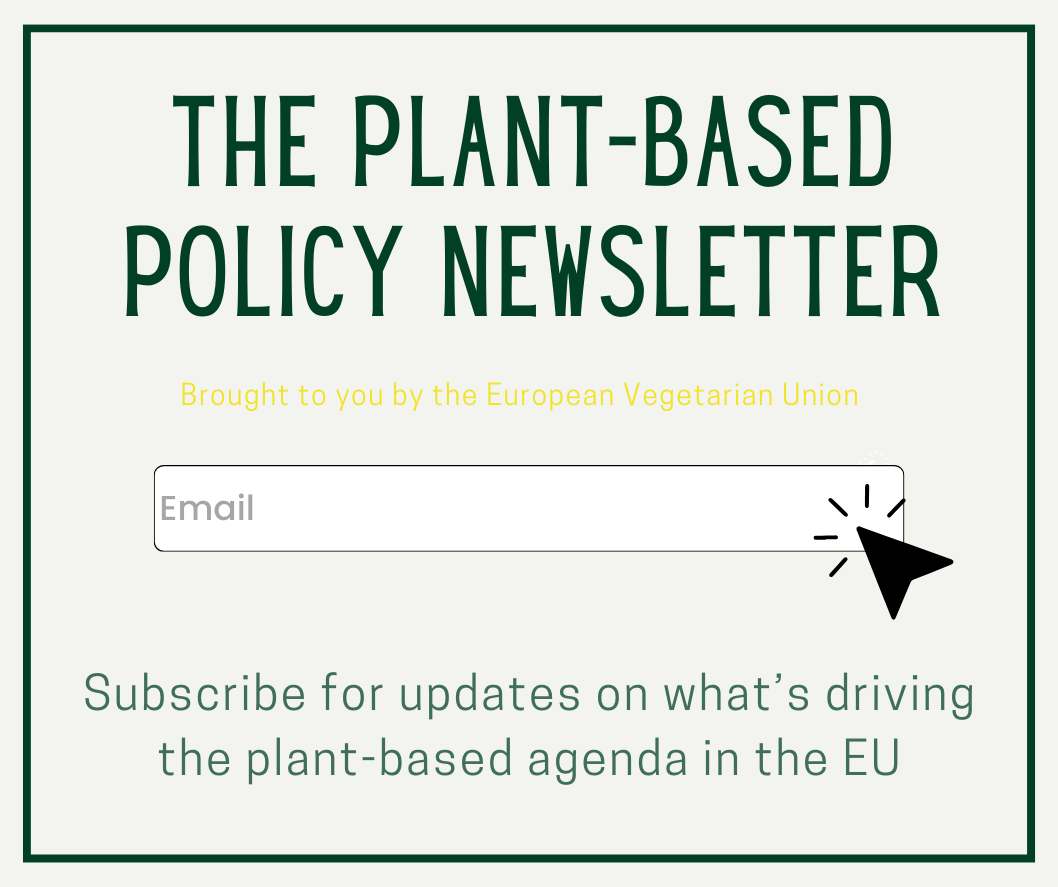A quick look around any supermarket shows that alternative proteins are gaining popularity, and especially the plant-based market is growing rapidly. Insect-based protein is another alternative protein source that is currently much discussed, although not yet widely available for consumers. As the EU amended regulations to permit the use of insect protein in poultry and pig feed on 17 August 2021, we take a critical look at insects used for food and feed.
On paper, insects do seem like a great alternative to traditional meats as they are able to convert their food to protein much more efficiently than a cow or a pig, and twice as efficiently as poultry. They require minimal care and space, and contribute far less than traditional animal agriculture to climate and environmental degradation. Many proponents of insects as a source of protein even float the idea of using human created food waste as a source of feed, creating a circular economy.
In practice, it is far more complicated. From a scientific perspective, humans do not know much about insects and their ability to suffer, which should require extreme caution — especially as insect farming would use trillions of insects. While some startups envision their insects as being sources of food for humans, the majority see insects as a source of feed for livestock, poultry, fish and pets. The EU and the UN both see insect-protein as an important future source of protein. However, plant-based proteins already offer plenty of animal-friendly, environmentally conscious options to consumers and insects as livestock feed could actually serve to maintain harmful animal agriculture.
Entomophagy
Entomophagy, the practice of eating insects is, for two billion people across the world, a cultural staple. Insects are harvested from the wild, or farmed. This is especially true in Africa where insects are, for many, a much more accessible source of protein than livestock or poultry. The most commonly consumed insects in Africa are different kinds of beetles, bees, wasps, caterpillars and crickets. Insects require much less space, care and resources compared to other animals.
Insect eating was not always confined to certain parts of the world, but was, once, a universal human experience. As animal agriculture became easier, insects as a source of protein fell out of favor in Europe and North America. But, as climate change and sustainability concerns have driven people to consider new environmentally conscious diets, some have advocated bringing back insects as a source of protein.
Insects in the EU
Summer 2021 was bookended by victories for insect agriculture within the EU. On 1st June, 2021, the European Union gave the official green light to the first novel insect protein to be introduced into the European market, a yellow mealworm called Tenebrio molitor. This particular insect was authorized for use in whole as a snack food, or as a powdered ingredient in various other foods like pasta and biscuits. While this yellow mealworm is the first insect to be granted Novel Food authorization by the EU, it might not be the last. However, many of those that seek to scale up insect farming within the EU intend for their insects to be made into animal feed, not as a source of protein for human consumption.
Commission Regulation (EU) 2021/1372 amended regulations forbidding the use of protein derived from animals to now allow the use of insects in poultry and pig feeds. With this new regulation, about 65% of the EU livestock feed market is opened to insect agriculture. These regulations are spurred, in part, by optimism that insect agriculture will help the EU reach sustainability goals set by the Union.
The argument behind insects as animal feed is simple: they are a better source of protein for animals than traditional animal feed, usually corn and soy. Advocates of insects as animal feed cite their ability to convert feed into usable protein more efficiently, meaning that in the long run, the grains required will be reduced. Some even suggest that grains would not be required. Instead, insects can eat humans’ food waste, thereby both reducing food waste and freeing up land for uses besides animal feed.
However, there are some compelling reasons to think that these predictions won’t hold up under scrutiny.
Insects as Animal Feed & Pet Food
Based on current meat-consumption trends, it is predicted that animal consumption will increase by up to 70% by the year 2050. As we saw throughout the 20th century, massive factory farms sprang up to meet increased demand. Instead of alleviating this pressure on the meat industry, insect farms that create insects as animal feed simply offer a more efficient feed option. Insect protein seems to offer an intriguing, more environmentally conscious option as a source of livestock and fish feed than common feed options. But, the European Commission predicts that large scale implementation of insects as feed would help to invigorate sectors of animal agriculture and aquaculture within the EU, leading to increases in some sectors of these industries, meaning a likelihood of increased emissions.
It is possible that insects can feed off of food waste, but its viability in large scale farms deserves scrutiny. So far, most insect farms have opted for a much more traditional route, being fed crops and livestock feed. Studies have shown that being fed unprocessed and low quality food waste does not have desired outcomes when insects are reared for human consumption, if insects are to eat food waste they will likely need to be fed processed, organic food waste. But the viability of this at a large scale is still unproven.
What we are seeing in Europe is large scale investments in some startups, giving these startups the financial and technical prowess to make insect farming profitable. While much of the news coverage that insect farming has received has been about attempts to bring insect products to supermarkets, the reality is that most of the money that has flowed into this sector has gone towards farms that market their products as animal and fish feed, not food for humans.
Large scale funding for these organizations is important, since insect farms in Europe are not simple enterprises. A particular company in France has built self contained vertical farms with measures to prevent any insect escape. Their farms use sophisticated sensors and robotics to maintain a climate ideal for insect growth. Incidentally, while this company is vague on what exactly its mealworms eat, “by-products from crop production,” the mealworms are not consuming what most people would think of as food waste.
Current research guidelines treat insect protein as a supplement to traditional animal and fish feeds, like soy and corn. Should these guidelines stand, insect protein may serve to diversify livestock feed options, but it would not be the wholesale replacement of traditional feed options. Insect protein would instead act as a new stream of feed to alleviate pressures on current feeds, especially aquafeed, which has seen demand and prices increase. Industry analysts and science is clear, insect protein as livestock and aquafeed will most likely be a supplement aimed at alleviating the pressure on already exhausted feed resources.
Proponents of insect-protein also envision a world where pet food is derived from insect protein. Most pet food is already made from animal byproducts not desirable for human consumption. Even in this instance, insect-protein doesn’t really reduce our reliance on livestock and fish. Already, plant-based pet foods are available while a cell-grown pet food company has recently been developed
As Food
While insects as food gets the media attention, the reality is very little of the money that has flowed into insect agriculture is focused on insects as a human food source, the high profile investments have flowed into animal and aquafeed producers. As a source of human food, industry analysts have all but written off insect protein as a niche item in human diets and advise investors towards investment in feed options.
The novel food status granted to the yellow mealworm raises further questions about how much insect protein might even transform diets. Under current EU guidance, mealworm powder can only be used as an additive, no more than 10% of a food’s content. This may, even without regulatory hurdles, be difficult to overcome. Consumer surveys have shown that many European and North American consumers are currently still dubious of insects as a food source.
Insect Suffering
Insect farming on a large scale would require millions of tons of insect protein, equivalent to tens of trillions of individual insects. Already, one trillion insects are raised and killed annually on insect farms globally. In 2019, five thousand tons of insect proteins were produced. The insect farming industry anticipates that number to rise to one million tonnes by 2030. The International Platform of Insects for Food and Feed (IPIFF), the organization that represents insect farmers itself acknowledges that, while insect farmers attempt to provide suitable conditions for insects to grow and “humane” extermination, there are significant knowledge gaps that make it difficult to create science-based welfare rules. The implications of this knowledge gap is an ethical problem.
Insects are influenced by a variety of stimuli and interact with the world in ways incomparable to humans or traditional livestock. For example, many insects possess highly sensitive eyes and respond differently to different wavelengths of light. Scientists therefore recommend insect farmers use low light and specific wavelengths to coerce insects into entering different containers. Scientists also recommend that farmers use light sensors instead of their own eyes to gauge darkness levels, as human eyes are far less sensitive to light. This is just one example of an array of considerations that farmers need to take when farming insects.
Moreover, much like their factory farmed livestock counterparts, living in large communities, although more natural for insects, is a breeding ground for disease. Many species of insects harbor microorganisms that cause no harmful effects, unless the insect is living in unnaturally dense circumstances, in which case the microorganisms can create adverse effects. Of course, insects are not the only source of possible disease. Feed, visitors and atmospheric conditions within the farm can also introduce disease. In some cases, unknown pathogens have killed entire stocks of insects.
The enormous scale of insect farming demands a clear moral understanding. The method of slaughter varies, depending on the farm and the insect. Although veterinarians recommend anesthesia before freezing, this is often considered too expensive and instead, methods like heating, boiling and grinding are more common. Unfortunately, understanding of insect sentience is limited. It is morally perilous to adopt widespread insect agriculture until we have a better understanding of what effects our actions have on insects.
Farm Accountability
The species of insects being farmed and the scale of farming should pose serious environmental questions. Some farmed insects will likely fall under the quarantine pests definition of the International Plant Protection Convention (IPPC). Introducing non-native insect species can dramatically harm natural ecosystems, should a farmed insect be non-native but capable of surviving in local ecosystems. Native species can also present a nuisance threat to nearby communities. Little research has been done on what may happen if a system failure or a natural disaster allows for millions of insects to escape a farm. Further research is needed and accountability standards should be created.
To date, the EU has only restricted the import of the New Zealand Flatworm (Arthurdendyus Triangulatus) and the Asian Hornet (Vespa Velutina), identifying these insects as ‘pests’. Furthermore, invertebrates are excluded from Council Directive 98/58/EC concerning the protection of animals kept for farm purposes. A lack of regulatory oversight over insect farming should be addressed and conceivable externalities must be investigated prior to widespread adoption of insect agriculture.
Besides knowledge gaps in insect suffering, we also lack comprehensive life cycle assessments (LCAs) that can clearly demonstrate the environmental impacts of insect agriculture. Researchers that attempted an overview of LCAs of insect agriculture described the field of research as “in its infancy”. From an overview of the few LCAs that have been conducted though, serious questions arise. Should the industry prize productivity over environmental impacts, studies seem to confirm that insects reared on traditional animal feed grow faster. Should this be the case, large scale insect agriculture would then begin competing with both livestock and humans for cropland. Further, while a study has shown that on a comparative basis, yellow mealworms use less water than traditional livestock, much of this depends on what sort of feed is used. As much of the water that is devoted to animal agriculture is in the growing of feed and not actually consumed by the animal. Depending on what the mealworm is fed, water consumption may not be dramatically lower.
Because insects are cold blooded, they require a constant heat source to survive. This makes tropical regions of the world ideal for insect farming, but it means that incubation is required in cooler climates. Temperatures under 25 degrees can be detrimental to an insect’s health, consistent high levels of humidity are also frequently needed. When taking this into account, insect rearing in Europe could require more energy input than milk or poultry production. These LCAs present compelling reasons for insect agriculture to be further investigated before its widespread adoption. As insect dietary, environmental and developmental needs vary by species, LCAs should be conducted for each species farmed. Many insects are producers of methane and other greenhouse gasses, further research into how diets affect these emissions should be investigated. The environmental impacts of species should be understood before committing to large scale rearing.
Conclusion
Insect farming papers over serious issues that society needs to confront — food waste and an overreliance on animal agriculture. Instead of potentially sustaining both through the farming of trillions of insects , we advocate for different policy solutions. Regulators and policymakers should approach this solution critically and cautiously and pay more attention to other alternatives that also offer fundamental change, like plant-based diets and foods. Plant-based proteins already offer an accepted, paradigm shifting replacement to animal foods while cell-grown meats offer a compelling co-alternative in the future. Both of these options create exciting economic opportunities and, with proper support from policymakers, could advance sustainability and public health goals.
Already, with modest support from the EU, European consumers have a variety of nutritious, tasty plant-based options to choose from. Plant-based proteins compare favourably to animal-based foods regarding the climate and environmental impacts. Thanks to advances in the industry, plant-based options become better and better. With a view to the knowledge gaps and the questionable effects and uses of insect farming, the EU should rather promote and concentrate on the transition towards a plant-based food system.


